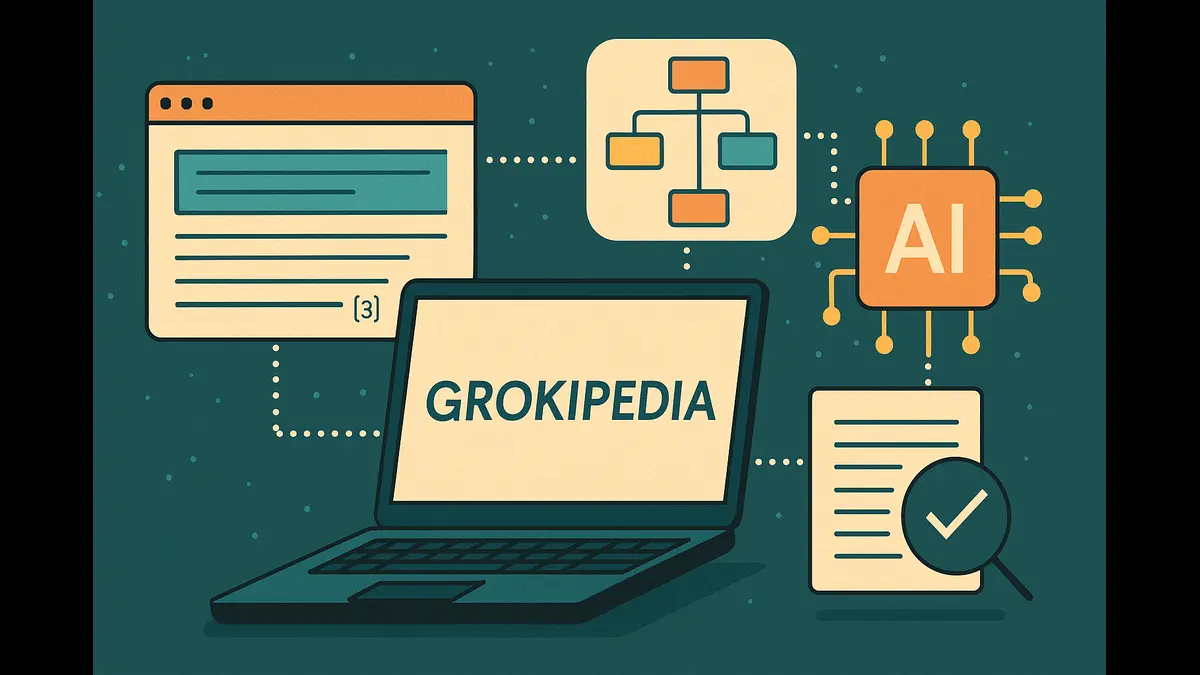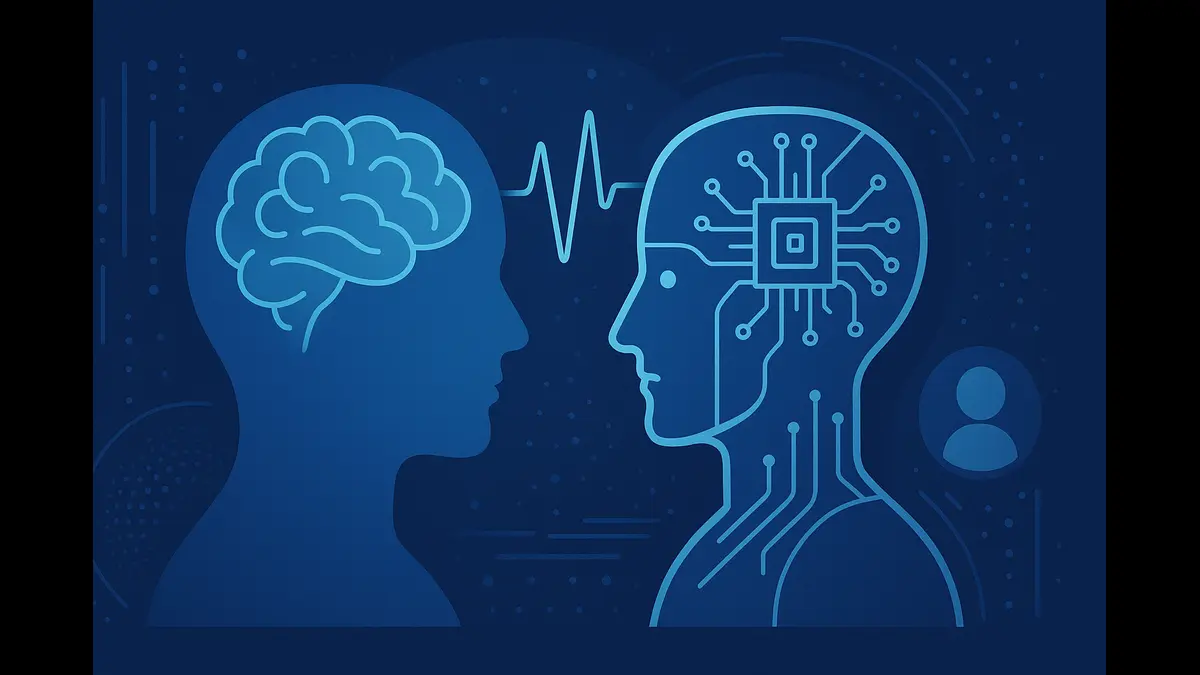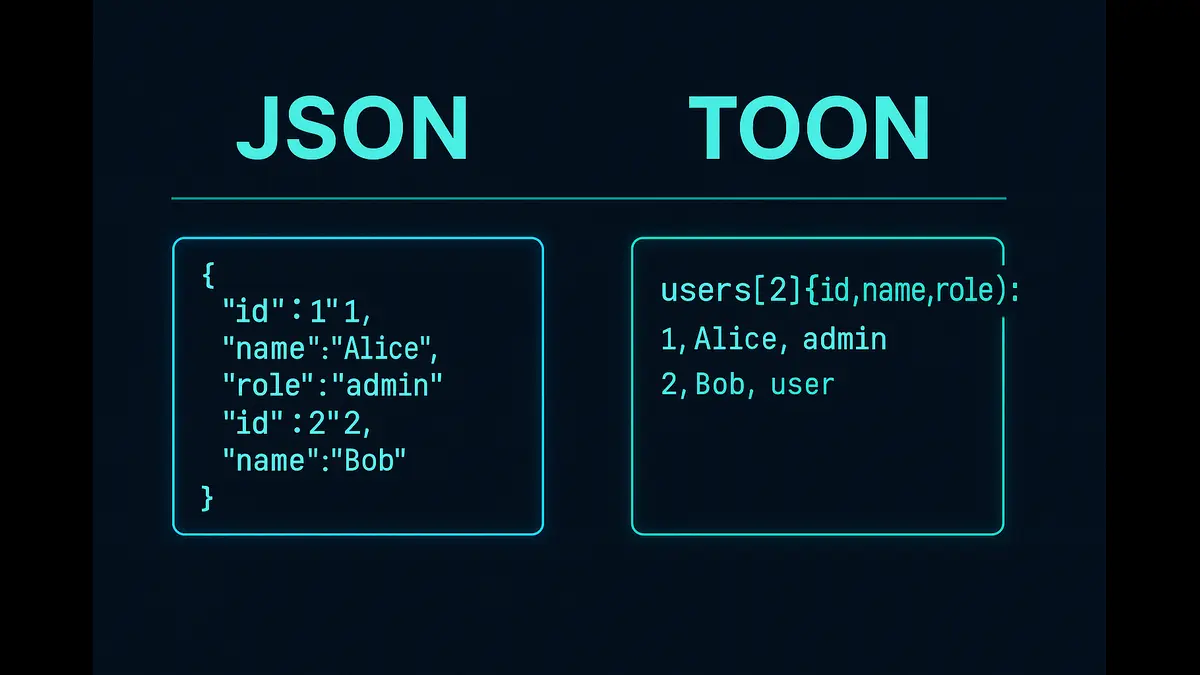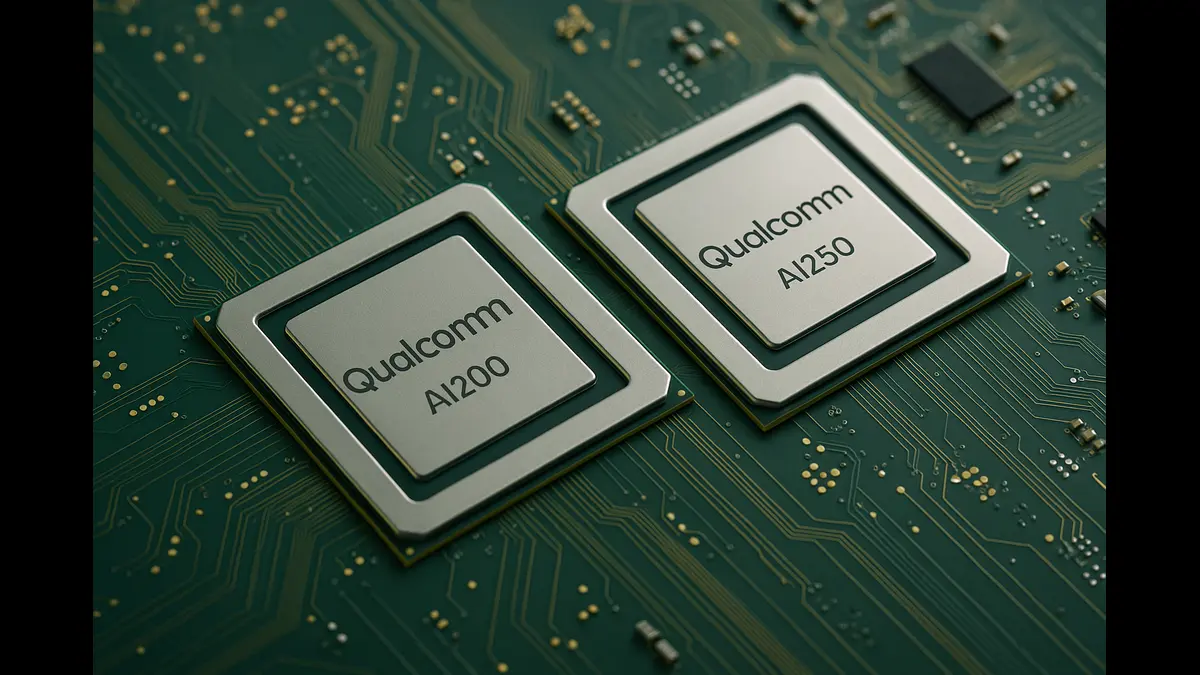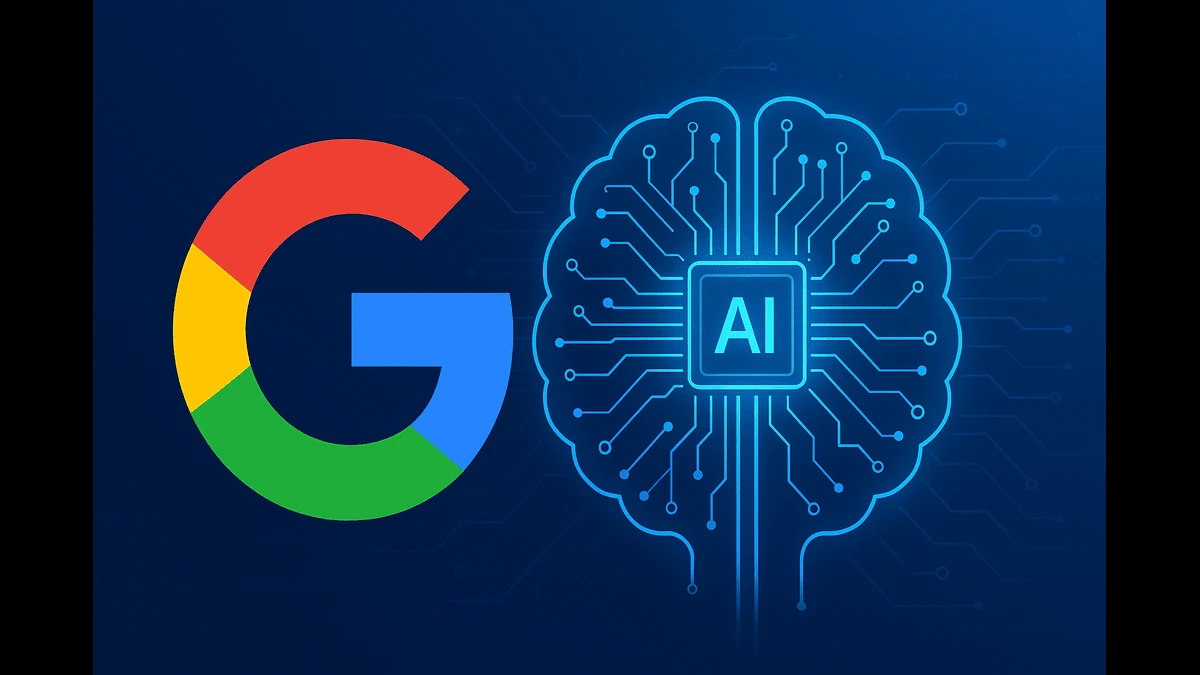
As AI rapidly advances, concerns over its impact on white-collar jobs are growing. Drawing on insights from Geoffrey Hinton and industry data, this article explores how automation is reshaping employment and why urgent adaptation is critical for the future workforce.
Artificial Intelligence (AI) is transforming industries worldwide, raising critical questions about its effects on employment. Geoffrey Hinton, a Nobel Prize-winning computer scientist widely regarded as a pioneer in AI, has highlighted significant risks of job displacement in certain sectors due to advancing automation. At 78, Hinton, a professor emeritus at the University of Toronto, draws on decades of research in neural networks and deep learning to offer a sobering perspective on AI’s potential to reshape the workforce.
Geoffrey Hinton’s Perspective on AI and Employment
Hinton, recognized for his foundational contributions to machine learning, was awarded the 2024 Nobel Prize in Physics for his work on neural networks, which underpins modern AI systems. In a January 2025 interview on the Diary of a CEO podcast, he predicted that AI would significantly disrupt white-collar professions, particularly those involving routine intellectual tasks. He described this as “mundane intellectual labor,” encompassing roles that rely on repetitive data processing, analysis, or customer interaction. Hinton suggested that AI could enable one person, assisted by an AI tool, to perform the work previously done by ten, leading to substantial workforce reductions in specific fields.
Hinton identified paralegals and call center employees as particularly vulnerable. Paralegals, who perform tasks such as document review and legal research, face automation risks due to AI’s ability to process vast datasets with high accuracy. Similarly, call center roles, which involve handling customer inquiries, are increasingly being replaced by AI-driven chatbots and voice assistants capable of managing routine interactions. Hinton expressed concern for workers in these roles, noting that he would be “terrified” to be employed in a call center given the rapid pace of automation.
However, Hinton indicated that blue-collar jobs requiring physical manipulation, such as plumbing, are less susceptible to immediate replacement. He explained that AI’s proficiency in intellectual tasks currently outpaces its capabilities in physical dexterity, suggesting a longer timeline for automation in manual trades. This distinction underscores the uneven impact of AI across job categories, with knowledge-based roles facing more immediate risks.
Industry Evidence Supporting AI-Driven Job Displacement
Recent industry data corroborates Hinton’s concerns about AI’s impact on white-collar employment. A November 2024 report from SignalFire, a venture capital firm, highlighted a decline in entry-level hiring at major technology companies, attributing it partly to AI automation. The report noted that new graduate hires at firms like Meta and Google decreased by 25% from 2023 to 2024, dropping to just 7% of total hires in 2024. This reduction reflects AI’s ability to handle tasks traditionally assigned to junior employees, such as data analysis and software testing.
The financial sector also shows signs of AI-driven disruption. In March 2024, Morgan Stanley announced layoffs of 2,000 employees, with plans to replace some roles with AI systems for tasks like client query handling and risk assessment. A January 2025 Bloomberg Intelligence report projected that AI could lead to 200,000 job cuts across 93 major banks, including Citigroup and JPMorgan, within five years. These reductions target roles in customer service, compliance, and data processing, aligning with Hinton’s warnings about routine intellectual labor.
Beyond technology and finance, AI is reshaping other white-collar fields. A 2024 study by the International Monetary Fund (IMF) estimated that 40% of global jobs are exposed to AI automation, with advanced economies facing higher risks due to their reliance on knowledge-based roles. In the United States, sectors like legal services and administrative support are particularly vulnerable, with AI tools like document automation software and virtual assistants already reducing demand for paralegals and office clerks.
Limitations of AI in Replacing Blue-Collar Jobs
Hinton’s assertion that blue-collar jobs, such as plumbing, are safer from AI automation is supported by current technological constraints. AI excels in processing digital information but struggles with tasks requiring fine motor skills, spatial awareness, and adaptability in unpredictable environments. For instance, a 2024 McKinsey report noted that while AI can optimize supply chain logistics, physical tasks like pipe installation or equipment repair remain human-dominated due to the complexity of real-world manipulation.
This gap is evident in industries like construction and maintenance, where human expertise is critical. The U.S. Bureau of Labor Statistics projects steady demand for plumbers through 2032, with a 5% job growth rate, driven by aging infrastructure and new construction. In contrast, administrative assistant roles are projected to decline by 8% over the same period, reflecting AI’s encroachment on clerical tasks.
Challenges to the Narrative of Job Creation
Hinton challenged the optimistic view that AI would create as many jobs as it eliminates, arguing that automating intellectual tasks leaves fewer roles for humans. He stated that only highly skilled workers would retain jobs AI cannot perform, such as those requiring complex problem-solving or creativity. This perspective aligns with a 2024 World Economic Forum report, which estimated that while AI could create 12 million new jobs globally by 2025, it would displace 85 million, resulting in a net loss.
The decline in entry-level opportunities exacerbates this challenge. As AI handles routine tasks, companies prioritize hiring experienced professionals, limiting pathways for new graduates. A 2024 LinkedIn analysis found that 60% of U.S. job postings required three or more years of experience, up from 45% in 2019, reflecting a shift driven partly by automation.
Implications for Workers and Society
The potential for AI-driven job displacement raises significant concerns for workers, particularly in white-collar sectors. Paralegals, call center employees, and administrative staff face immediate risks, necessitating reskilling to remain competitive. Programs like Coursera’s AI-focused certifications, which saw a 30% enrollment increase in 2024, offer pathways for workers to transition into roles like data science or AI ethics, which require human judgment.
For society, the uneven impact of AI automation poses economic challenges. A 2024 OECD report warned that rapid job displacement could widen income inequality, as low- and middle-skill workers face greater risks than high-skill professionals. Policymakers are exploring solutions like universal basic income and expanded retraining programs, though implementation remains limited.
Human Considerations in the AI Era
The transition to an AI-driven economy underscores the need for a human-centered approach. Workers in vulnerable roles, such as call center staff, often rely on these jobs for financial stability, and abrupt displacement can cause significant hardship. Supporting these individuals through accessible education and career transition programs is critical to mitigating AI’s adverse effects.
Hinton’s insights highlight the urgency of preparing for AI’s impact. While blue-collar workers like plumbers may have more time to adapt, white-collar professionals must act swiftly. Community colleges and online platforms reported a 25% increase in enrollment for technical courses in 2024, reflecting growing awareness of the need for upskilling.
Future Outlook
AI’s potential to reshape employment is undeniable, with white-collar roles like paralegals and call center employees facing significant risks, as Geoffrey Hinton has warned. Industry data, including a 25% drop in tech graduate hiring and projected 200,000 banking job cuts, supports this outlook. Blue-collar jobs, such as plumbing, remain less vulnerable due to AI’s physical limitations, but the broader trend points to a net reduction in routine intellectual roles.
Addressing this challenge requires proactive measures, including reskilling programs, policy interventions, and industry collaboration. By prioritizing human welfare and equitable transitions, society can harness AI’s benefits while minimizing its disruptions, ensuring a workforce prepared for the demands of an AI-driven future.
Frequently Asked Questions (FAQs)
- Who is Geoffrey Hinton and why is his opinion on AI significant?
Geoffrey Hinton is a pioneer of artificial intelligence and deep learning, often called the “Godfather of AI.” He won the 2024 Nobel Prize in Physics for his work on neural networks and has been instrumental in shaping modern AI systems like ChatGPT and Google Brain. His views carry weight across the tech and policy world.
- What is Geoffrey Hinton’s view on AI and employment?
Hinton believes AI will significantly disrupt white-collar jobs, especially routine intellectual roles like paralegals and call center workers.
- Which jobs are most at risk from AI automation?
Jobs involving repetitive tasks—such as customer service, data processing, and document review—are most vulnerable, while blue-collar roles remain safer for now.
- Will AI create more jobs than it eliminates?
Hinton is skeptical. While AI may create some new roles, he argues the net effect will be negative, particularly for entry-level and mid-skill workers.
Discover more from Poniak Times
Subscribe to get the latest posts sent to your email.

